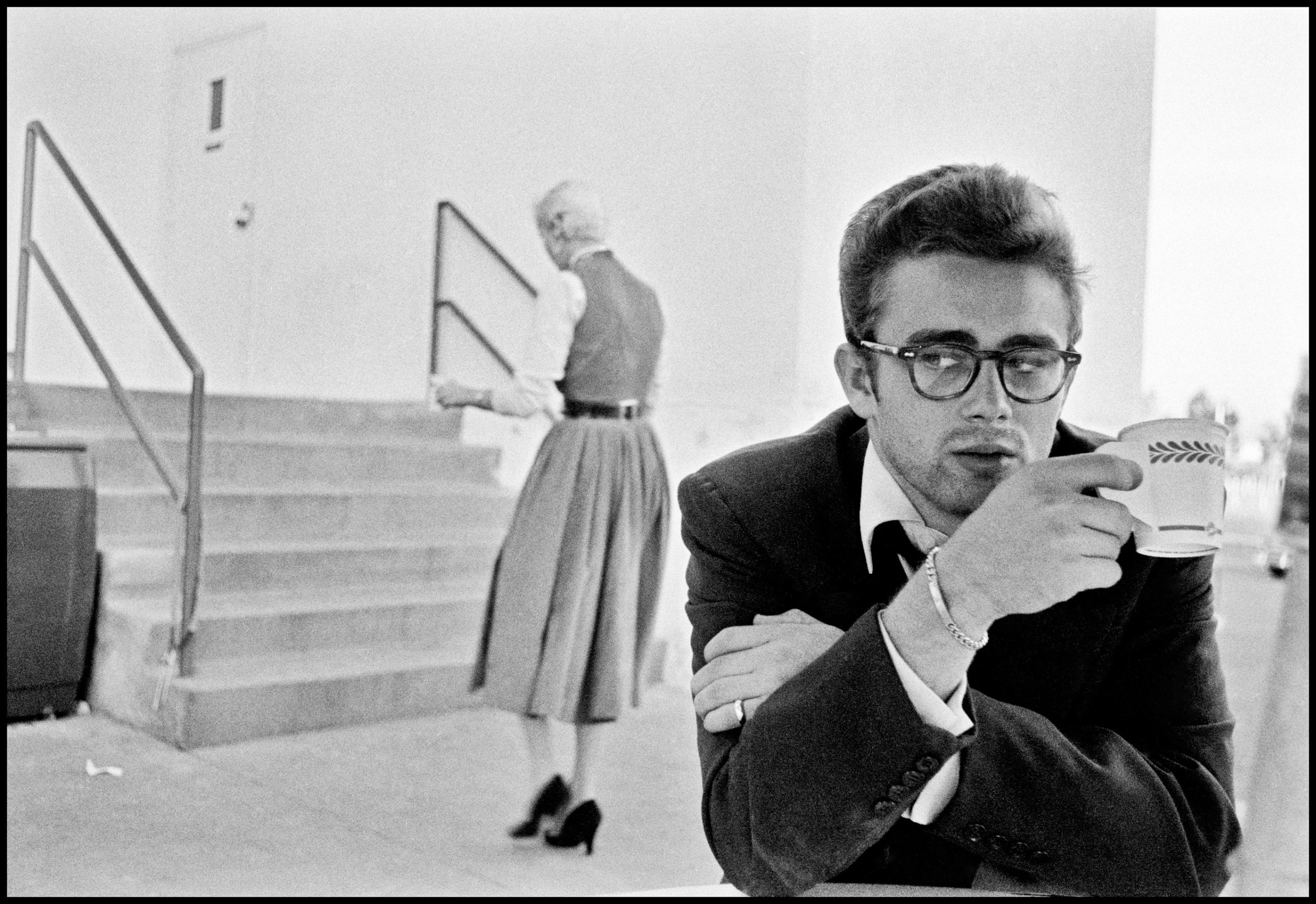
Few photographer-subject relationships are fruitful enough to yield a compelling examination of a rising star—let alone one of the most iconic photographs of the 20th century and a meaningful friendship to boot. The partnership between Dennis Stock and James Dean did all of these things, and in just a few days’ time.
Stock was a young photographer working for the Magnum agency when he met Dean in the winter of 1954-55, at a party thrown by director Nicholas Ray at the Chateau Marmont in Hollywood. Dean, at the time, was still a relative unknown—East of Eden, the first of the three films he would make before his untimely death, was about to be released. When Stock attended a sneak preview as Dean’s guest, he knew he was witnessing the debut of a legendary actor.
Over breakfast the next morning, as Stock listened to Dean speak with nostalgia about his upbringing in Fairmount, Ind., he became determined to capture a portrait of a young man suspended between two worlds: that of the family farm where his aunt and uncle raised him after his mother’s death, and that of the Hollywood into which he would soon be embraced. Stock pitched a photo essay to LIFE magazine and—though it was not an easy sell, given Dean’s anonymity—got the green light to move forward.
The photos Stock made of Dean in Fairmount, New York and Hollywood—which are the subject of a new book, DENNIS STOCK: JAMES DEAN, out Oct. 26—paint a picture of a young man still more comfortable in his old farm clothes, playing his bongo drum to cows, than he was on a red carpet. In Fairmount, Stock captured Dean’s brotherly relationship with his young cousin Markie and his fondness for the Hoosier poet James Whitcomb Riley. In a series of eerie photographs that seem to foretell his death in a car accident just eight months later, Dean hops in and out of caskets at a local furniture store, beseeching Stock to take his picture.
These days spent together by Dean and Stock are the subject of a forthcoming movie, Life, starring Robert Pattinson as Stock and Dane DeHaan as Dean. Director Anton Corbijn, a photographer himself, has explained that as much as the film was inspired by Dean’s iconic status and Stock’s ability to capture the truth behind it, the story at the core is a simple one, of “two males that bond to create a friendship.”
For Stock, who died in 2010, the power of the images was in the transition they depict, the crossing of a bridge that can never be traversed in reverse. “For Jimmy it was going home,” he writes in the book’s introduction. “But it was also the realization that the meteoric rise to fame that had already begun that night in Santa Monica had cut him off forever from his small-town Midwestern origins, and that he could never really go home again.”
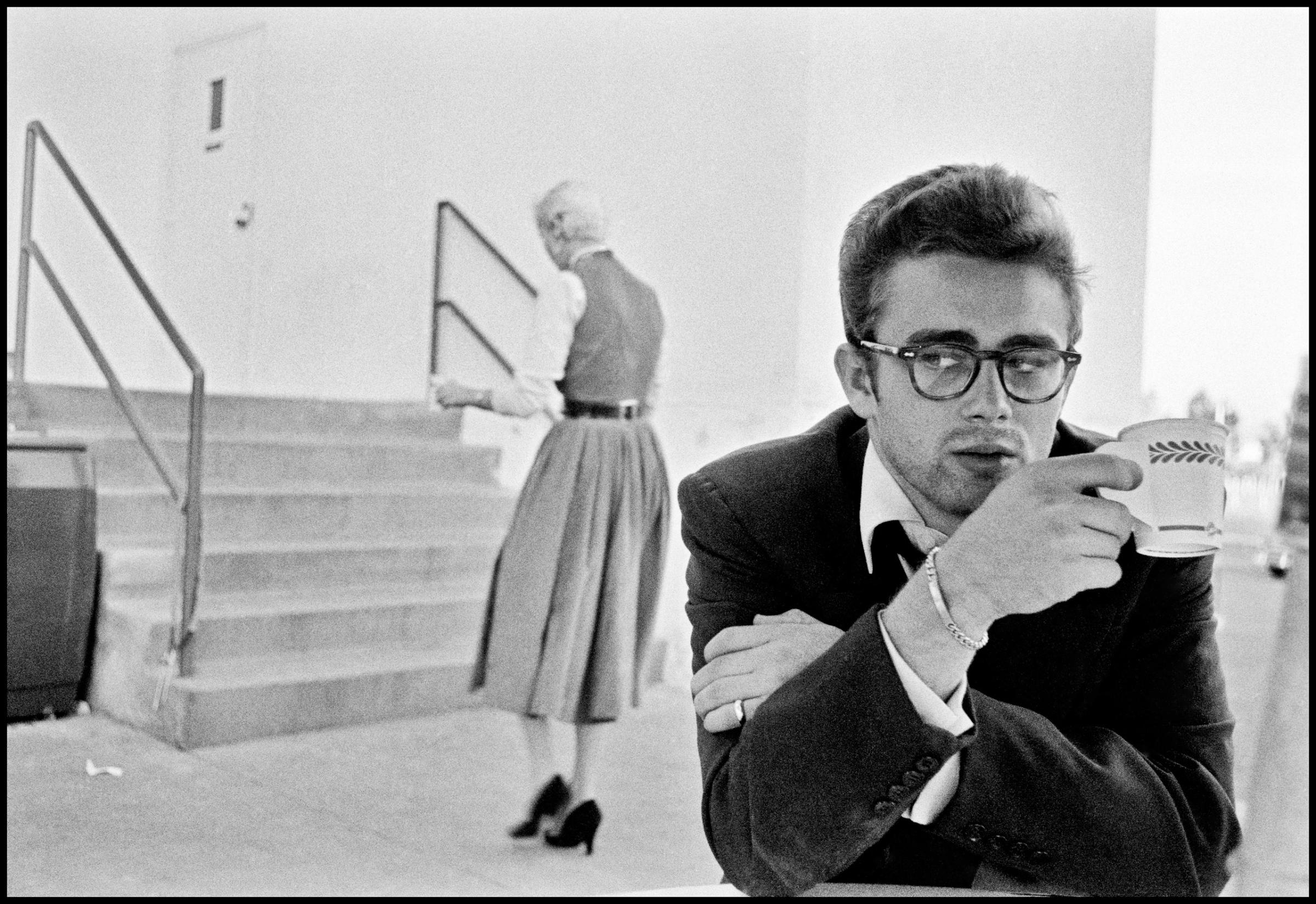
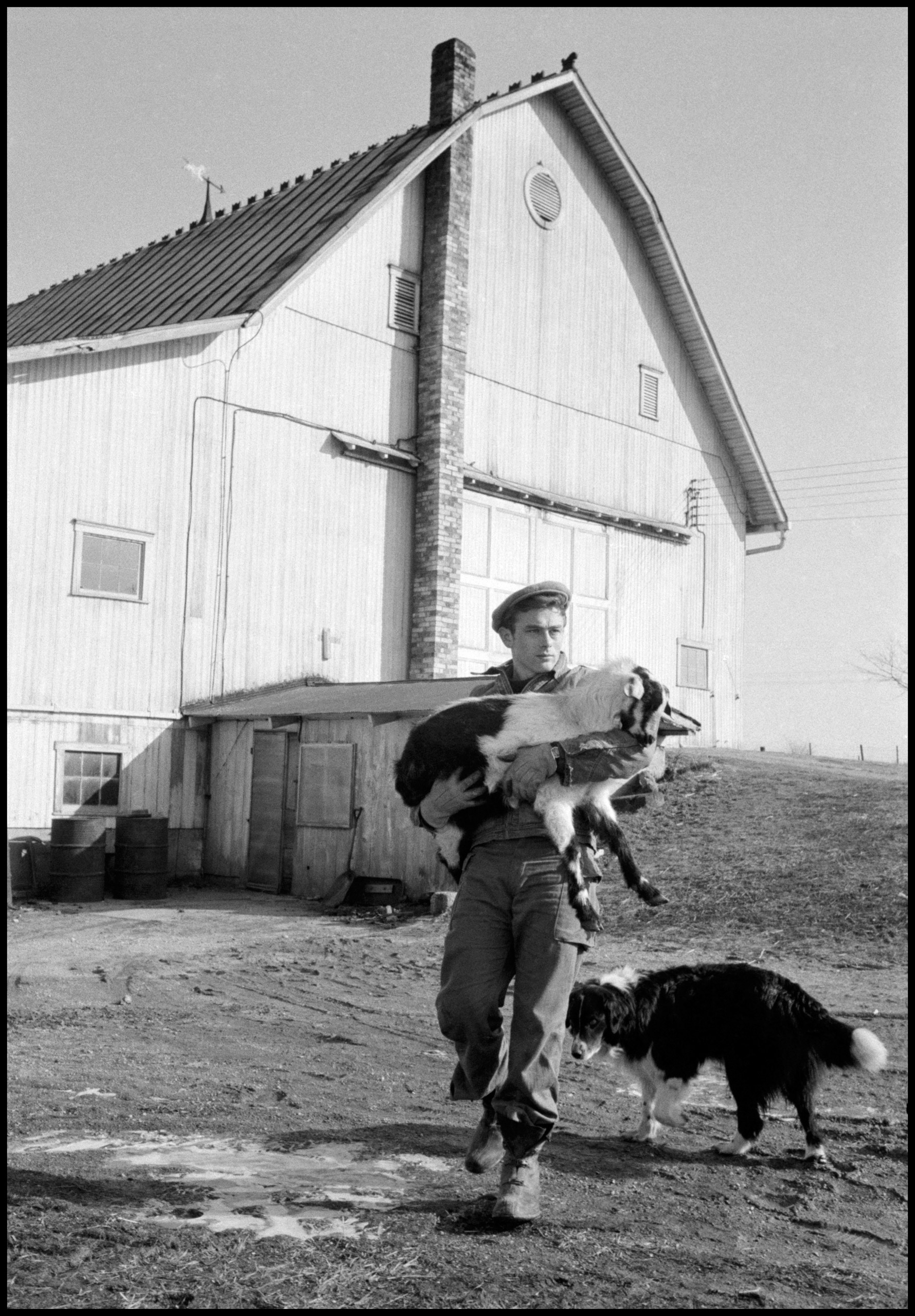
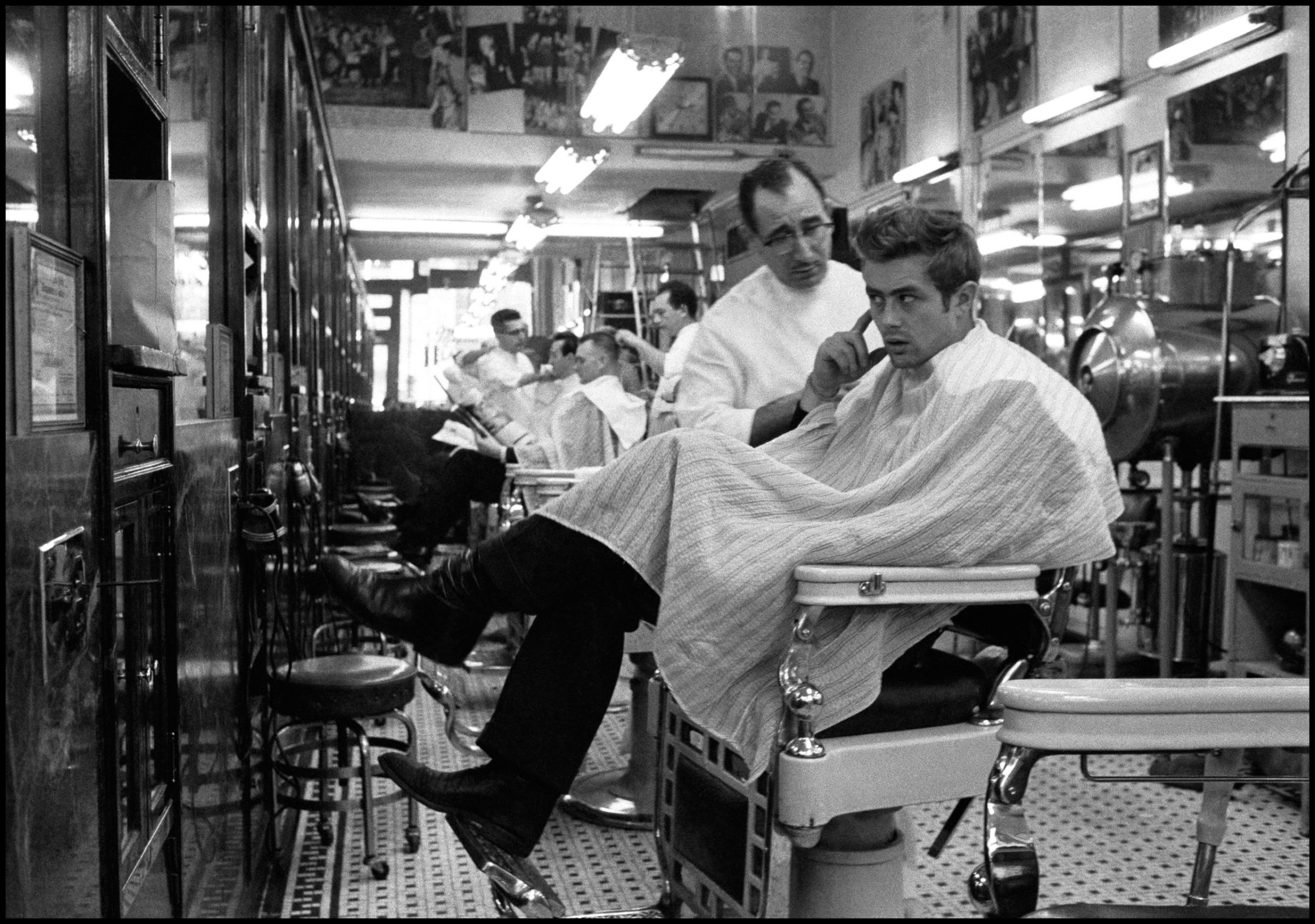
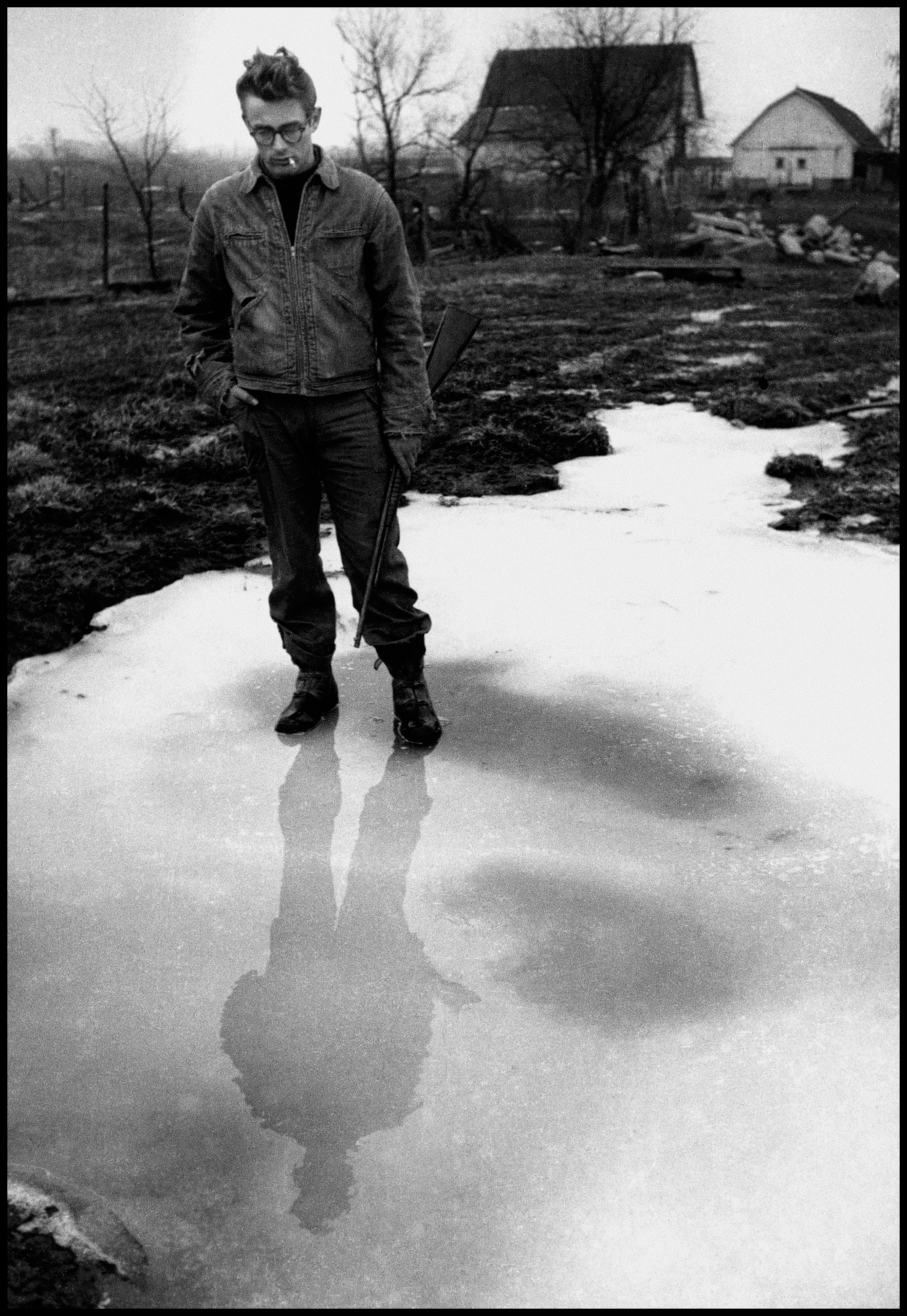
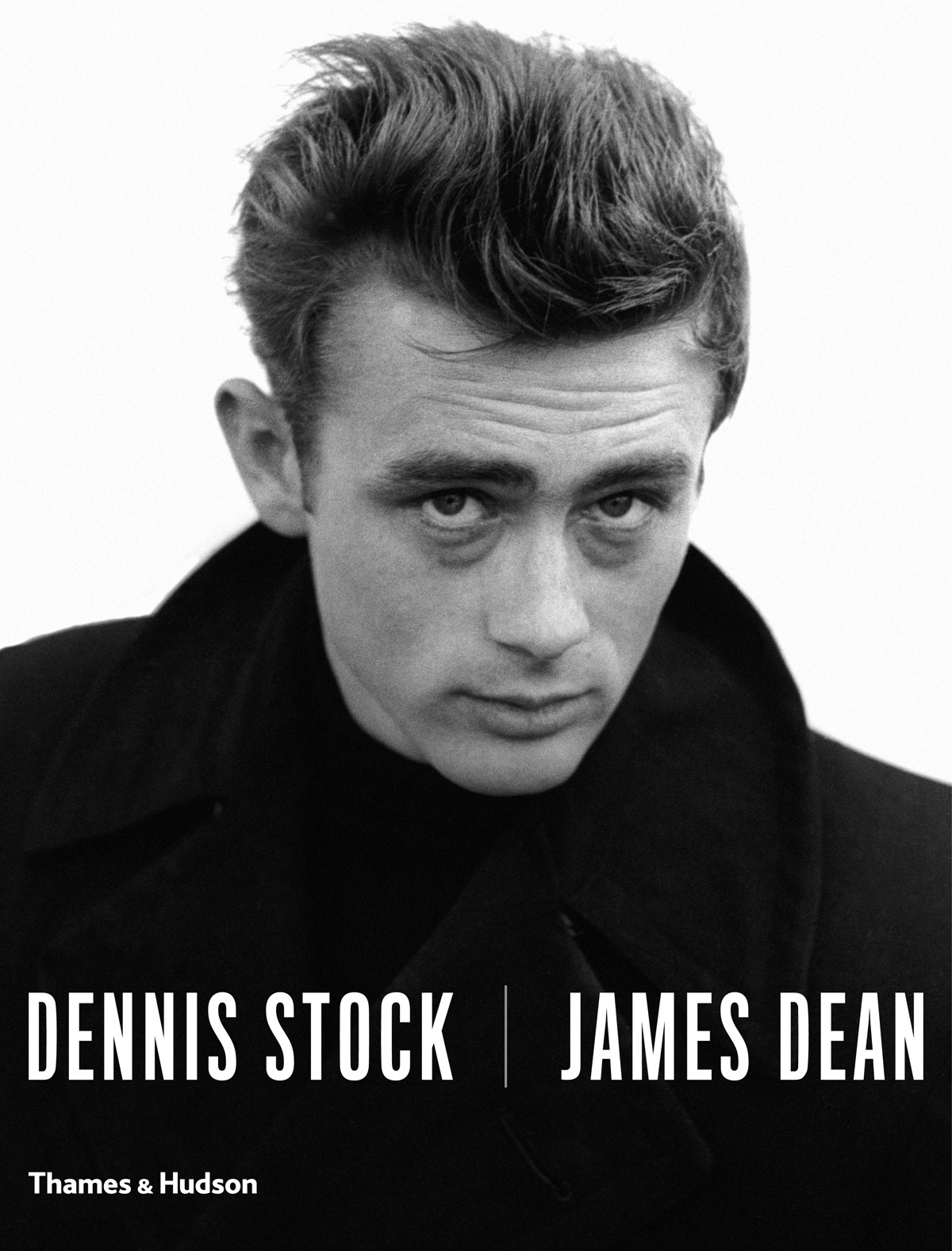
More Must-Reads from TIME
- Cybersecurity Experts Are Sounding the Alarm on DOGE
- Meet the 2025 Women of the Year
- The Harsh Truth About Disability Inclusion
- Why Do More Young Adults Have Cancer?
- Colman Domingo Leads With Radical Love
- How to Get Better at Doing Things Alone
- Michelle Zauner Stares Down the Darkness
Write to Eliza Berman at eliza.berman@time.com